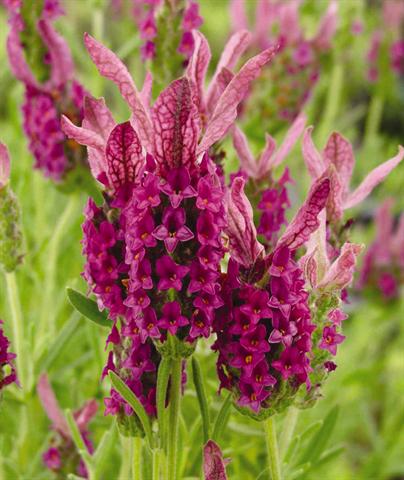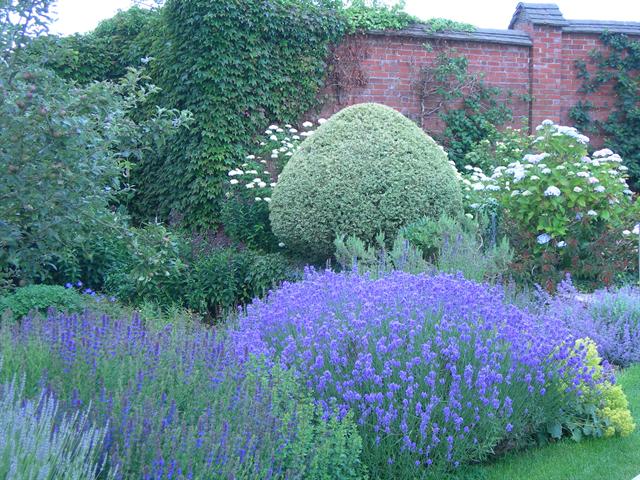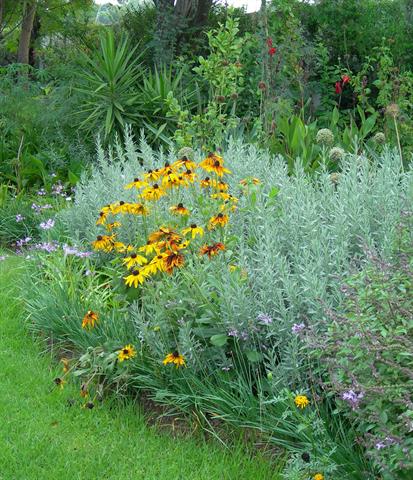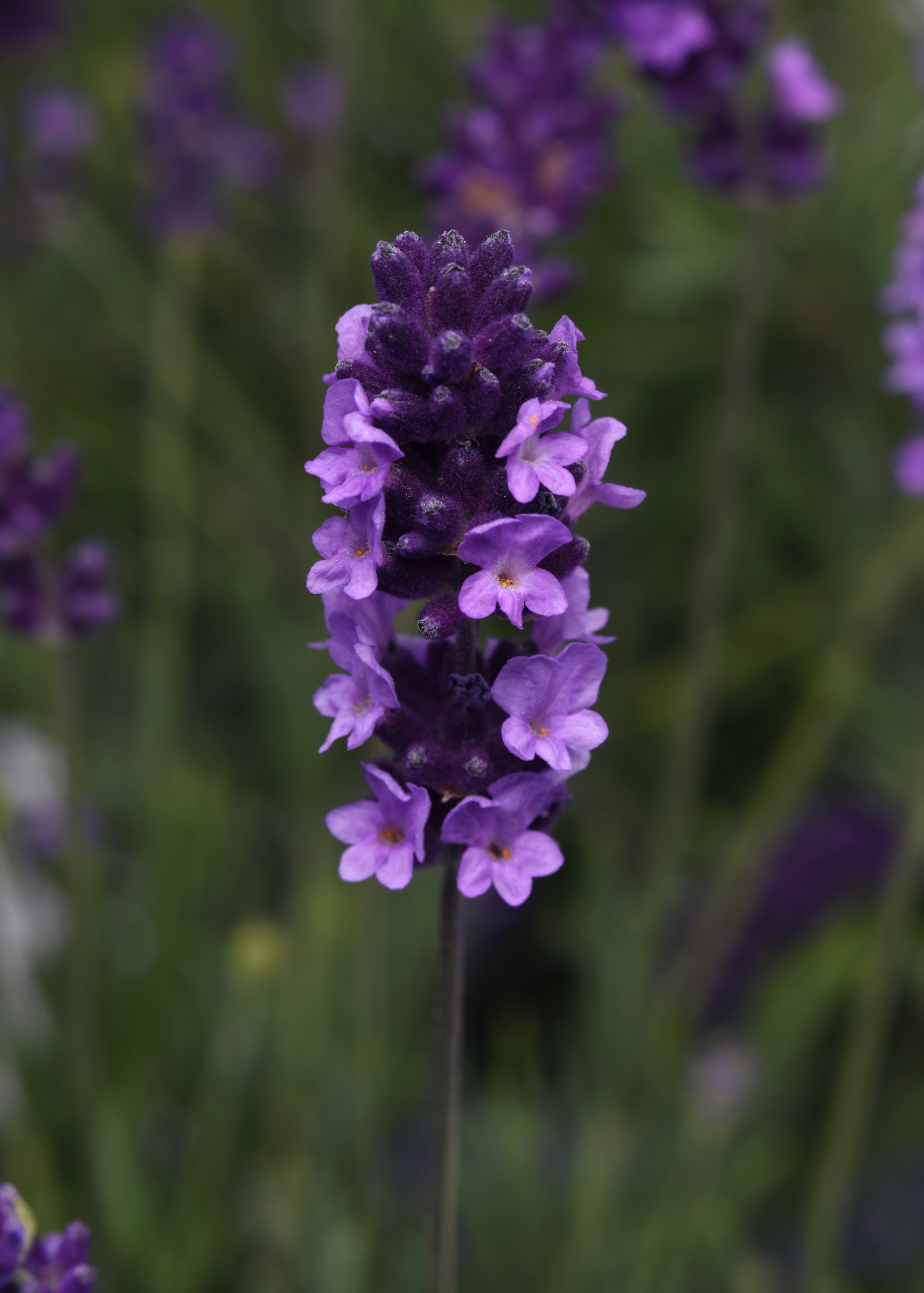Make your garden a delight by growing beautiful aromatic and medicinal lavender
Lavender is one of our loveliest garden plants, and because it is so successful in landscapes, one forgets that it is primarily a herb, and an extraordinarily useful one at that. It has a long list of attributes. Besides its fragrance and beauty, it is an ancient medicinal plant, an effective pest repellent, a valuable companion plant, a culinary flavouring and garnish and household freshener and cleaning agent. Growing lavender will also attract bees and butterflies.
READ MORE: Growing herbs in pots

HOW TO GROW LAVENDER
Planting in the garden
- All lavender varieties like full sun and soil that drains well. Lighten ordinary garden soil by adding compost. Stoechas prefer a more acid soil.
- Plant compact varieties 45cm apart and larger varieties 90cm apart to allow air to circulate between the plants; this prevents fungal disease.
Related to growing lavender: 5 ways to use lavender at home
Planting in pots
- Use a potting mix that drains well.
- Water regularly and fertilise two or three times during the growing season with a light granular fertiliser like Vigorosa 5:1: 5 (25) or a liquid fertiliser.
- Stoechas need regular repotting because they have dense, fibrous roots.
Watering and feeding
- Water regularly until new plants are established then reduce watering to at least once a week in summer. Lavender in pots should be watered every second day. Avoid wetting the foliage.
- Add compost to the soil in spring.
Pruning
- Cut back by a third after flowering.
- Lavenders that flower continuously can be lightly trimmed when bushes start looking untidy.
- Deadheading keeps plants looking neat.
 READ MORE: About different lavender varieties and caring for them
READ MORE: About different lavender varieties and caring for them
FOUR WAYS TO USE LAVENDER
1. As a healing herb
Lavender has a calming effect that helps us to sleep, relieves headaches and indigestion, lifts fatigue and depression and even eases anxiety-induced asthma. Sip a fragrant lavender tea or soak in a lavender-infused bath.
Lavender flowers are also known to be antiseptic and antibacterial, so they can be used in creams and oils to heal burns, stings, wounds and sores, even mild cases of acne.
2. As a natural insect repellent
The strongly aromatic leaves naturally repel aphids, whitefly and other pests, reducing the need for garden sprays. Margaret Roberts, the standard bearer for lavender, has found it to be an excellent companion plant that benefits all plants growing near it. Dried lavender can be used in bunches, bags and pot-pourri as a natural air freshener and as a moth and insect repellent. It will also help to repel the neighbours’ cats, as well as rats and mice, who don’t like the camphor smell.
READ MORE: Grow your own pesticides
READ MORE: Homemade pest remedies
3. In the kitchen
Used with a light touch, lavender flowers impart a delicious flavour and aroma to biscuits, other baked treats and desserts. Chopped leaves tenderise meat and can be added to soups, stews and casseroles. Angustifolia and stoechas, as well as ‘Margaret Roberts’ lavender, are the culinary lavenders. But, as Margaret Roberts advises, “a little goes a long way”.
MUST-TRY RECIPE: Whole lemon tart with lavender cream
4. As a cleaning agent
Make a natural household cleaner from a strong infusion of the flowers, or a few drops of essential oil mixed with vinegar and water. The same mixture can be used to remove pet smells and soiling.

More on growing lavender: The Lavender Book by Margaret Roberts (Briza)


